Reportar esta entrada
Más sobre la misma comunidad-colección
Foto panoramica desde el Wyler Aerial Tramway
We saw three states (Texas, New Mexico, and Chihuahua) and two ...
Vista desde el estacionamiento en el fondo del Tramway.
This was before we bought our tickets to go to the top.
Capilla #3 en el hospital William Beaumont General. 1942
This is Chapel #3 at William Beaumont General Hospital in El ...
ROTC Cadettes Patrocinadoras Austin High school - 1947
These ROTC Cadettes are posing ironically in front of their ...
Escuela secundaria Austin - 1948 - El Paso, Texas
In this photograph is the Austin High School-1948 ...
Escuela secundaria Austin - 1948 - El Paso, Texas
In this photograph is Austin High School-1948 administration.
Los mineros de UTEP son honrados 1966
UTEP men's basketball team honored by Wheaties for winning the ...
La placita San Jacinto en El Paso
The beautiful Christmas display in San Jacinto Plaza El Paso ...
Pres. LBJ se ve los protectoes servicio secreto
Pres. LBJ in El Paso Chamizal escorted by Secret Service.

















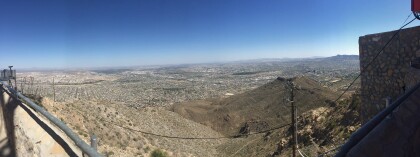
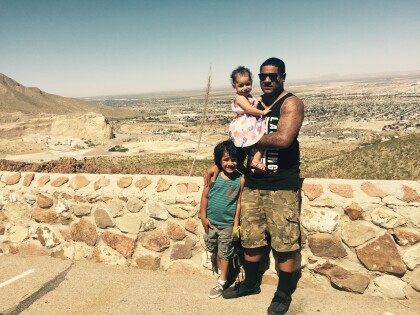

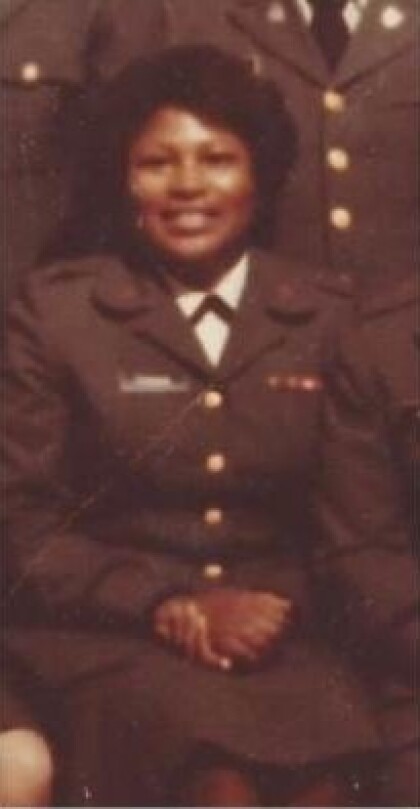

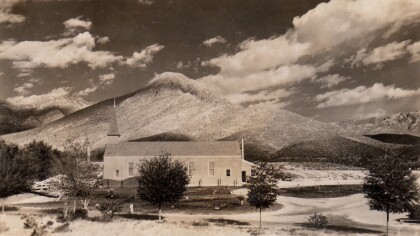
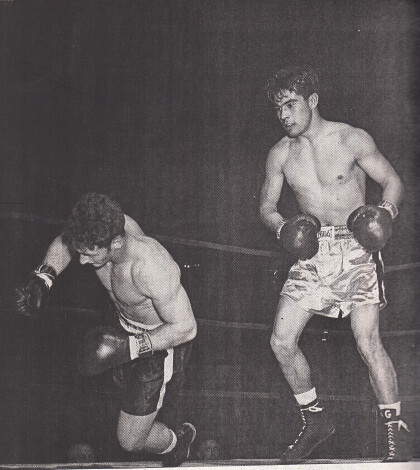
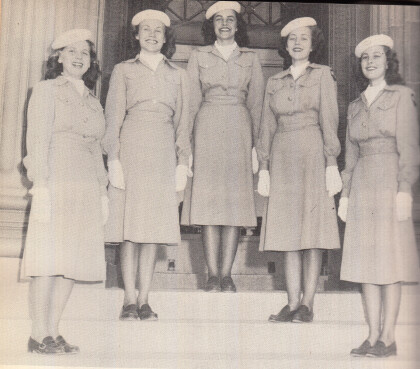
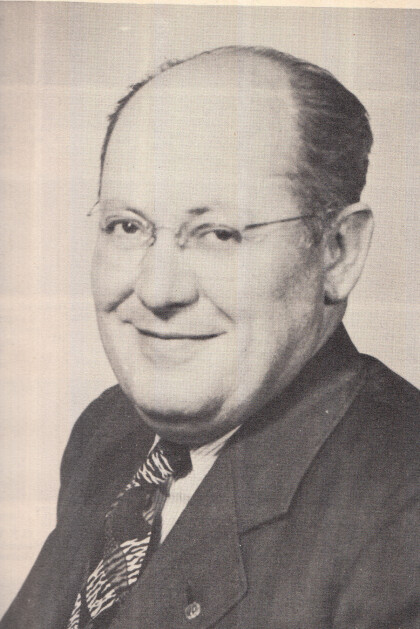
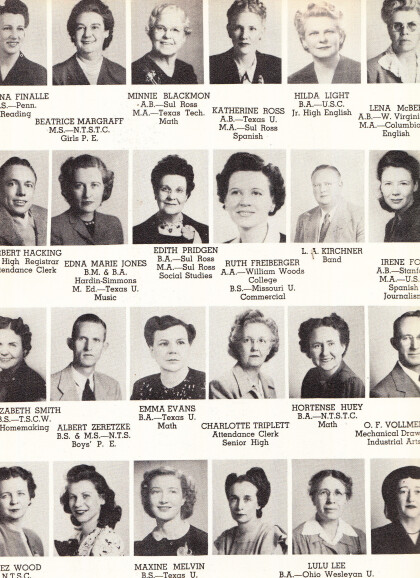

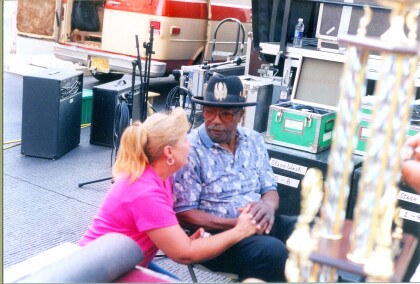
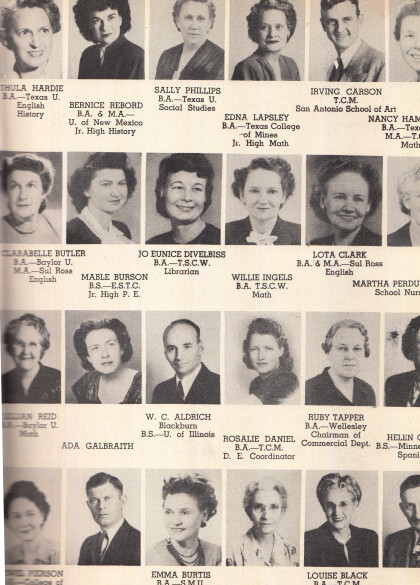
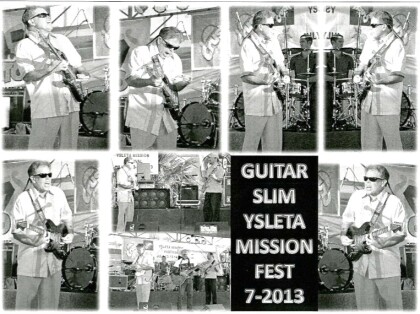
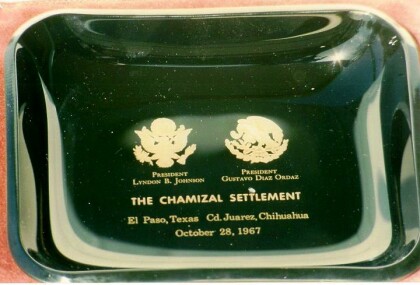
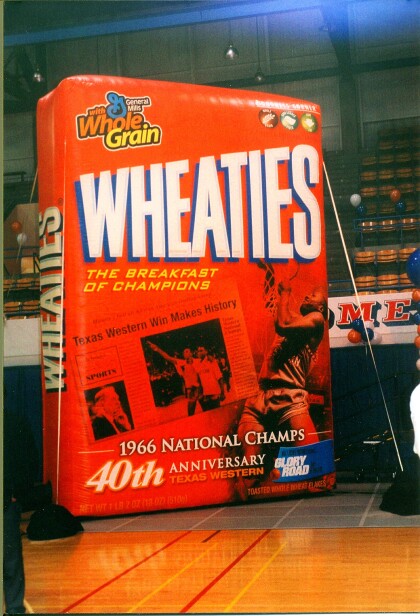
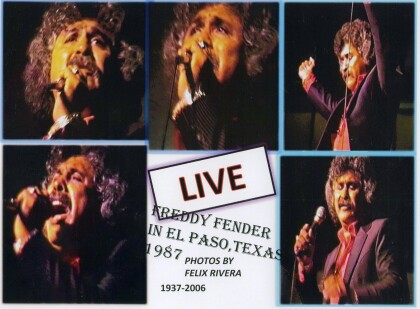
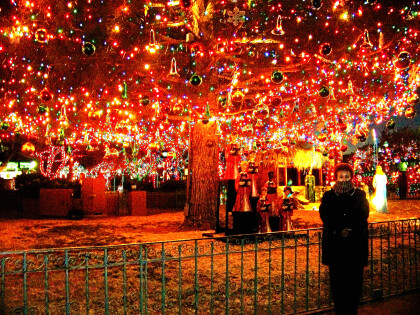
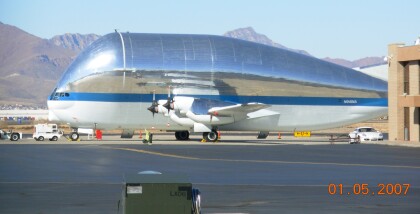
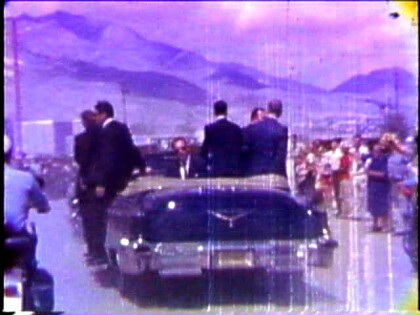
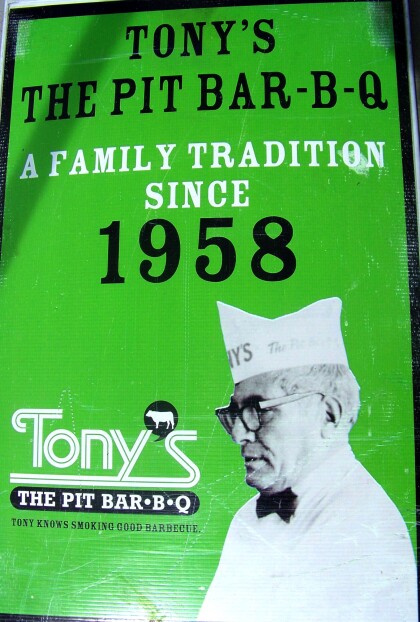
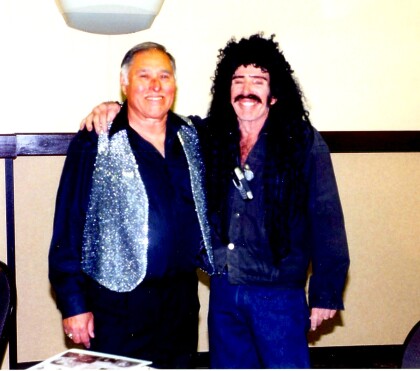

Comentarios
Hacer un comentario